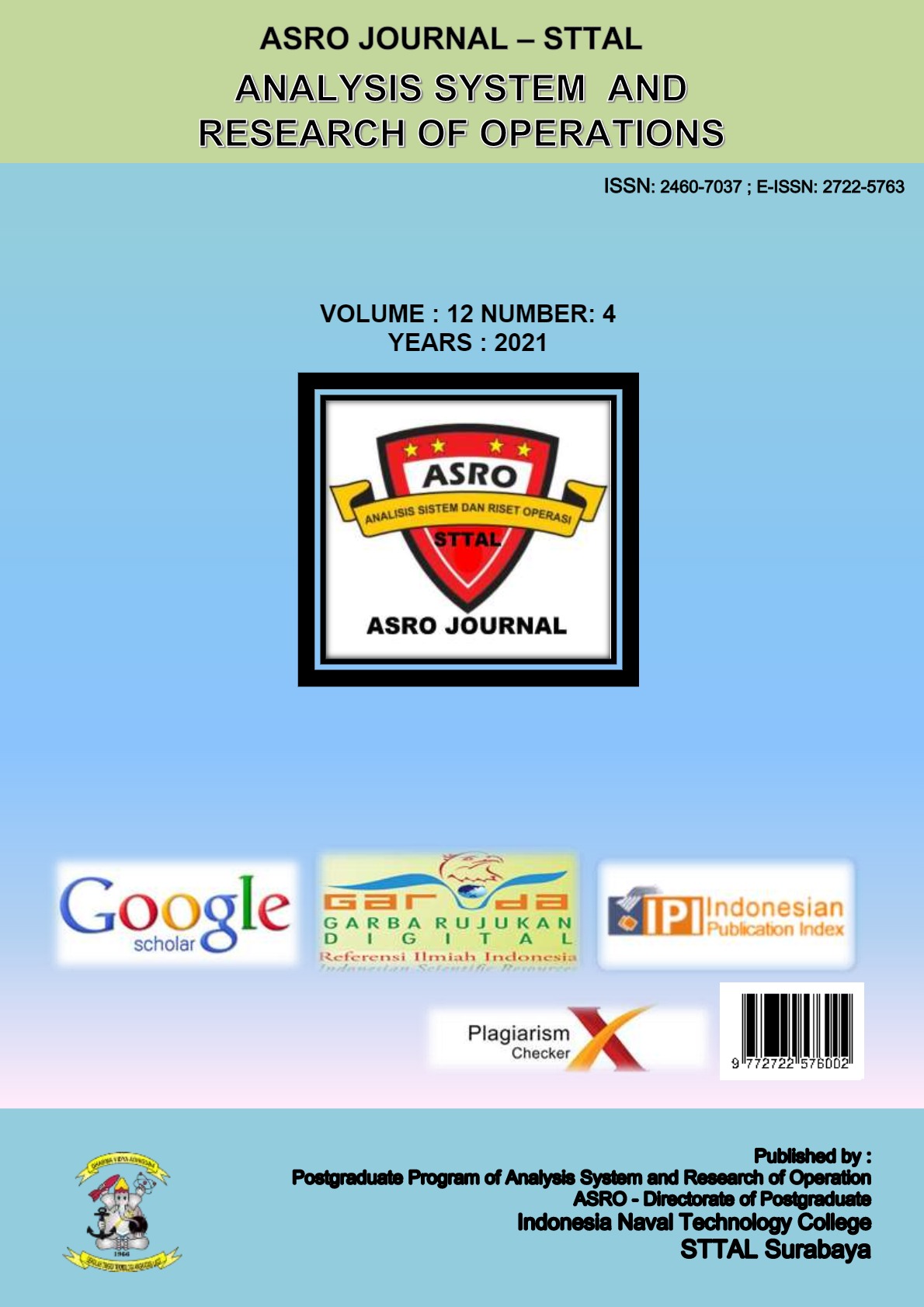STRATEGY AND POLICY IN STABILITY OF THE RANAI TERITORY IN THE SOUTH CHINA SEA CONFLICT (CASE STUDY OF INDONESIA, CHINA AND UNITED STATES)
Keywords:
Strategy, Policy, Regional Stability, and the South China SeaAbstract
The South China Sea conflict is a regional security issue that has not yet reached the point of completion, and is prone to disrupting regional stability in the future. This dispute was initiated by China's unilateral claim to expand its territorial waters based on the nine dashed-line theory. This triggered diplomatic protests by several countries that directly border the South China Sea, including Indonesia. Even more recently, this has attracted the attention of the United States to participate in wanting to control and have influence over the South China Sea area which is considered very strategic and brings enormous economic benefits to its country. To avoid conflict, a strategy and policy scenario from each country in this case is needed, namely Indonesia, China and the United States using Game Theory. The Game Theory method that is simulated in this study uses pessimistic and optimistic scenarios from each country. Furthermore, the output of this method is that a saddle point is obtained from the scenario carried out by the three players/countries so as to achieve Ranai Region Stability in the South China Sea Conflict.
Keywords: Strategy, Policy, Regional Stability, and the South China Sea



